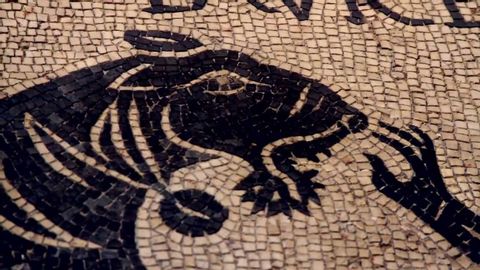メアリー・ヒゲ1/3とローマ人に会う - HD (Meet the Romans with Mary Beard 1/3 - HD)
不信中原不姓朱 が 2021 年 01 月 14 日 に投稿  この条件に一致する単語はありません
この条件に一致する単語はありません- n.馬銜(はみ);少し : 部分;ビット;錐;小銭;ちょっとしたこと
- v.i.魚が餌に食らいつく
- adv.少し
- v.t.噛んだ
- idiom全く~ない;自分の役割を果たす
- n. (c./u.)(同じ文化を共有する)民族;人々;人々;親族;社員
- v.t.居住する
- n. pl.人々
- v.t.(人をある状態に)置く;(ものをある位置に)置く;順位をつける;注文する;思い出す
- n. (c./u.)場所;位置;立場;町
エネルギーを使用
すべての単語を解除
発音・解説・フィルター機能を解除

